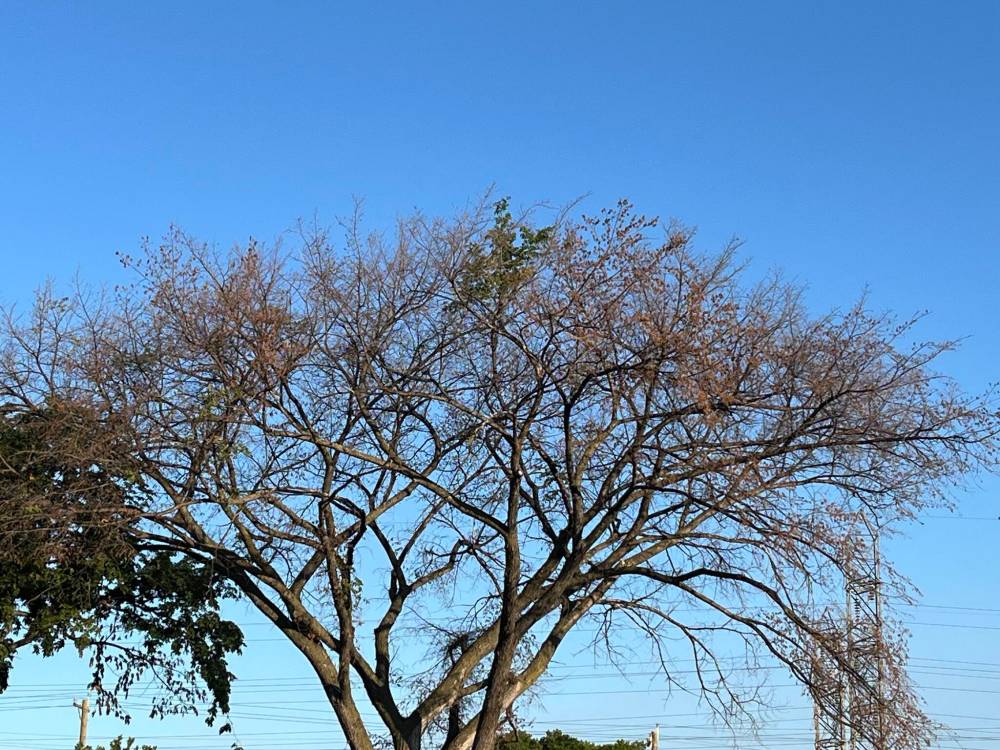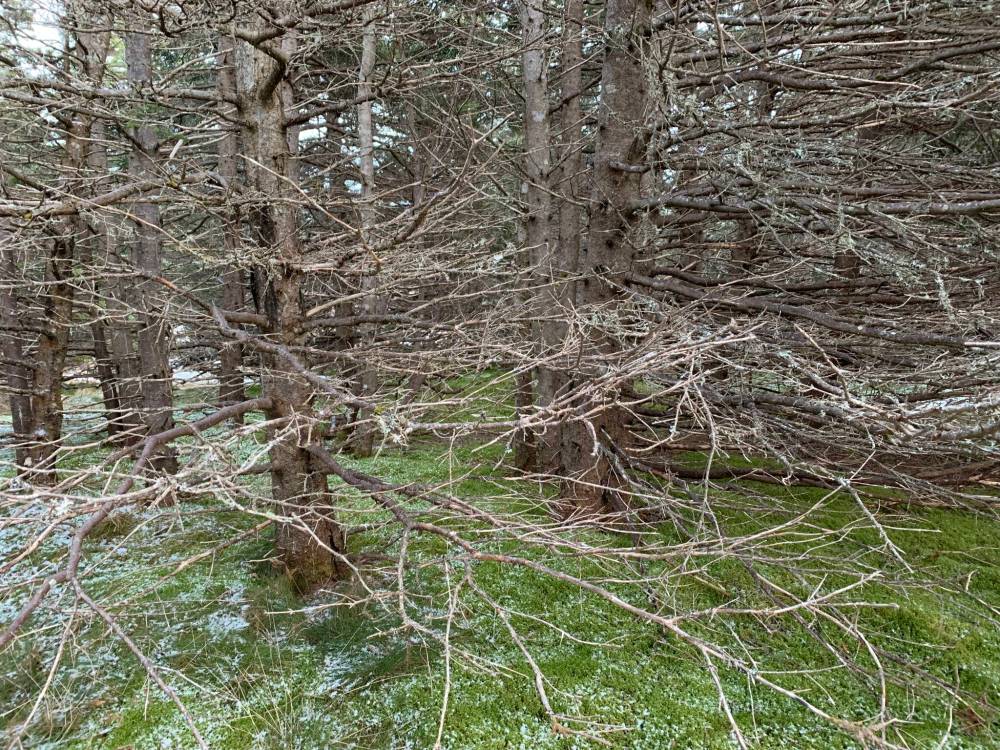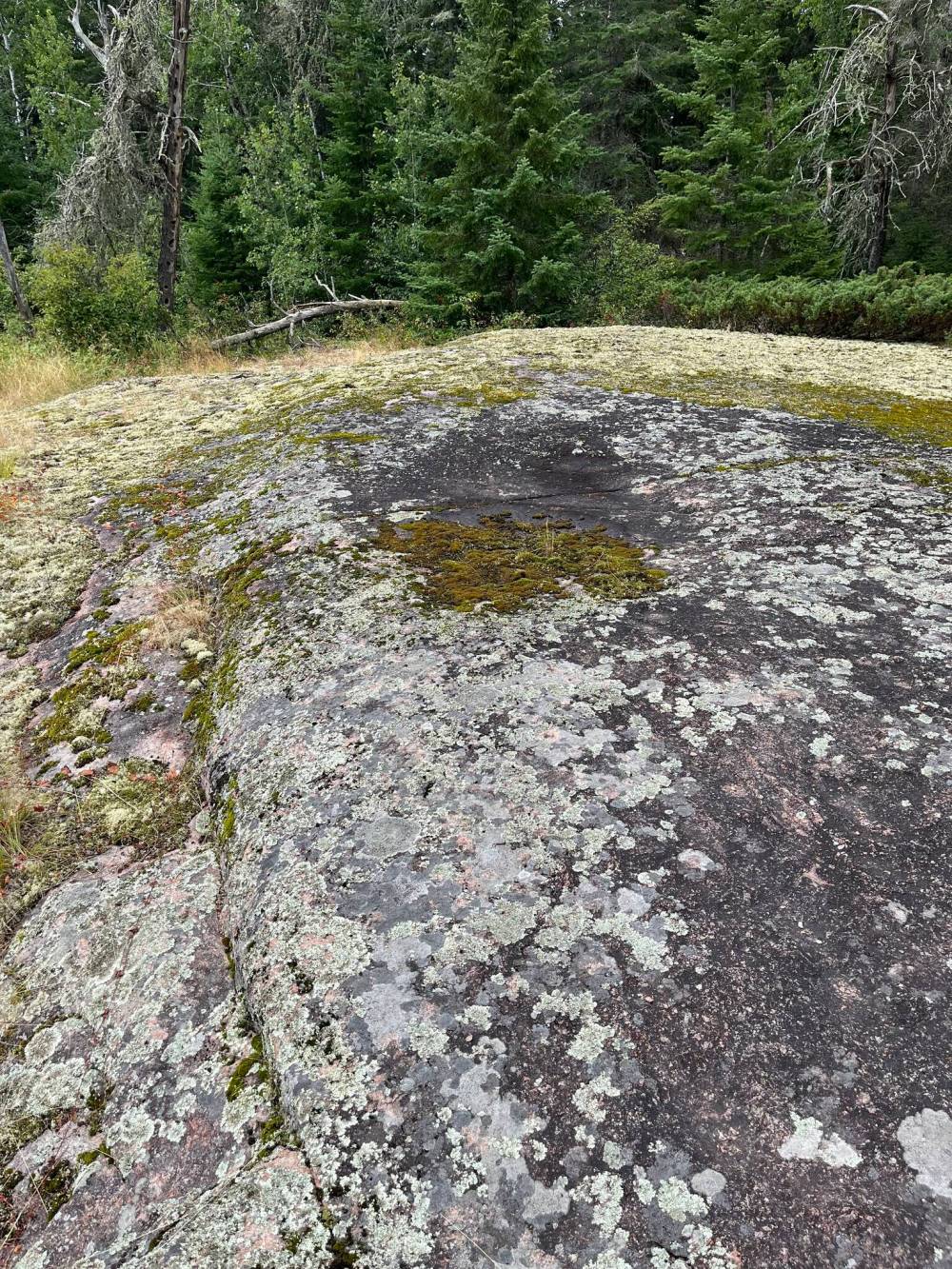Wood that it weren’t so
Advertisement
Read this article for free:
or
Already have an account? Log in here »
To continue reading, please subscribe:
Monthly Digital Subscription
$1 per week for 24 weeks*
- Enjoy unlimited reading on winnipegfreepress.com
- Read the E-Edition, our digital replica newspaper
- Access News Break, our award-winning app
- Play interactive puzzles
*Billed as $4.00 plus GST every four weeks. After 24 weeks, price increases to the regular rate of $19.00 plus GST every four weeks. Offer available to new and qualified returning subscribers only. Cancel any time.
Monthly Digital Subscription
$4.75/week*
- Enjoy unlimited reading on winnipegfreepress.com
- Read the E-Edition, our digital replica newspaper
- Access News Break, our award-winning app
- Play interactive puzzles
*Billed as $19 plus GST every four weeks. Cancel any time.
To continue reading, please subscribe:
Add Free Press access to your Brandon Sun subscription for only an additional
$1 for the first 4 weeks*
*Your next subscription payment will increase by $1.00 and you will be charged $16.99 plus GST for four weeks. After four weeks, your payment will increase to $23.99 plus GST every four weeks.
Read unlimited articles for free today:
or
Already have an account? Log in here »
Hey there, time traveller!
This article was published 19/10/2024 (357 days ago), so information in it may no longer be current.
There’s a block of Dominion Street, from Ellice Avenue to St. Matthews Avenue, where, walking home, I used to inch in under the canopy of big elms and sigh with relief.
Two blocks above, Dominion from Sargent to Wellington, has been pretty much denuded, with five big elms left standing a year ago — now only four, and two due to be felled — casting little summer shade and no respite from spattering rain. Sargent to Ellice? Not that many more.
So crossing Ellice was a relief. Move in under the elms arching over both sidewalk and street, and you’d feel the temperature drop and the heat of the sun leave your skin. There was the sound of it, too, the light wind shifting the leaves, the patter of raindrops — the whole effect eased the day and the walk home into a different kind of place.

Russell Wangersky / FreePress
The last branch standing with leaves on the crown of a dying elm
Well, suddenly, that’s gone. Dutch elm disease has marched down the street, and that single block of Dominion lost, at last count, 24 trees in the last year, 16 of those in the last two months or so. You can still see the past on Google Street View: the last trip down Dominion by the Google car was in July 2015.
The present is far harsher: the stumps are still bright, wet, yellow and unweathered wood, with sap still pulsing up from the roots. The big equipment snatches down a whole elm, however large, in less than an hour. The chippers roar briefly, move on. The trees with orange dots marking their beetle infestation wait their turns, but not for long.
That block of houses is barefaced to the sun now — the sky is bigger and the houses, smaller — and the light is far harsher and less forgiving than it once was.
Respite, it isn’t any longer. And, I fear, most of Winnipeg’s elms will follow suit.
You may have guessed I have a thing for trees — I like their company. A copse of shaking-leaf aspens or a riverside klatch of poplars is always fine. Snugged in underneath overreaching, branch-tip-touching low spruce is like its own chapel. Even working my way through the maze of dead branches that is often the understorey of mature fir trees is something I find uniquely calming.
It makes this city a bit alien to me — and the province, too. The city has the formal boulevard trees and small patches of wilding in different corners, but not so much that you can lose yourself in the best kind of disordered trees. And so much of the ground outside the city is cleared and planted, with trees only in the occasional windrows and following the V-shaped dips of banks down to creeks and streams.
Farther north, into the boreal, it’s confusing again.

Russell Wangersky / Free Press
Firs with dead branches knitted together
Burr oak is a new species to me, with its jagged, war-torn structure and haunted-house-yard scraggly branches. The sheer size of the well-rooted hardwoods are awe-inspiring — though my mind often jumps through the mathematical equations of how few trees would have to be cut to put up a true cord of firewood.
Cottonwood, round and smooth and with the black inverted eyebrow marks where branches sprouted off the trunks when the trees were small — they’re like seeing a different kind of tree trying out a not-completely-successful disguise.
But the wild maples seem familiar, even if birch and alder brush and softwoods are more my familiars.
Thing is, to me the trees still live on in a way in every bit of wood I use, whether it’s placing finished stair treads or framing something up, splitting firewood or going through my permanent collection of wood scraps as I look for the perfect small piece to do a job. (I have a three-foot long, one-by-one-inch piece of Douglas fir I keep just to look at the symmetry of its grain. Yes, I’m odd.)
And that’s the lingering tragedy of Winnipeg’s elms. The wood of the infected trees can’t even be used, unless it’s kiln dried to prevent new infections.
I know the big infected trees have to go. I know they will continue to be picked off one by one, a dozen here, then a dozen a block away. It’s a rearguard action now, one that’s been lost everywhere the disease has become well-established.
There may be single sentinels that somehow escape the beetle-and-fungus combination that starves the elms of water from within, but they will very much be in the minority. The mechanism is as simple as can be: bark beetles travel from infected tree to healthy tree, carrying spores of a fungus that kill by travelling with water through the tree’s vascular system. The tree reacts by creating plugs to stop the infection, but the process all moves too fast, and the ill-timed reaction helps to kill the tree instead of limiting the damage.

Russell Wangersky / Free Press
A forest in the Whiteshell
And off with the beetles and on to the next tree, and the next. And the next.
And Winnipeg’s urban forest won’t really reach forest status again for perhaps a full generation.
I won’t see it. But I’m watching the last one disappear.

Russell Wangersky
Perspectives editor
Russell Wangersky is Perspectives Editor for the Winnipeg Free Press, and also writes editorials and columns. He worked at newspapers in Newfoundland and Labrador, Ontario and Saskatchewan before joining the Free Press in 2023. A seven-time National Newspaper Award finalist for opinion writing, he’s also penned eight books. Read more about Russell.
Russell oversees the team that publishes editorials, opinions and analysis — part of the Free Press‘s tradition, since 1872, of producing reliable independent journalism. Read more about Free Press’s history and mandate, and learn how our newsroom operates.
Our newsroom depends on a growing audience of readers to power our journalism. If you are not a paid reader, please consider becoming a subscriber.
Our newsroom depends on its audience of readers to power our journalism. Thank you for your support.

